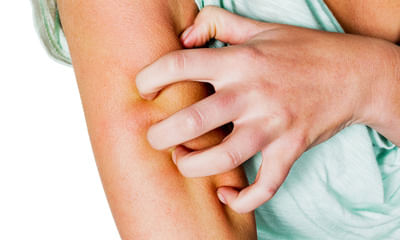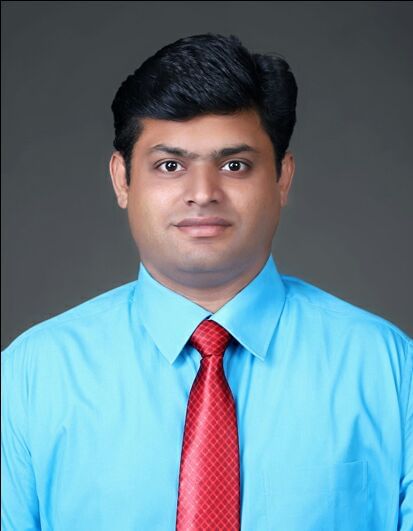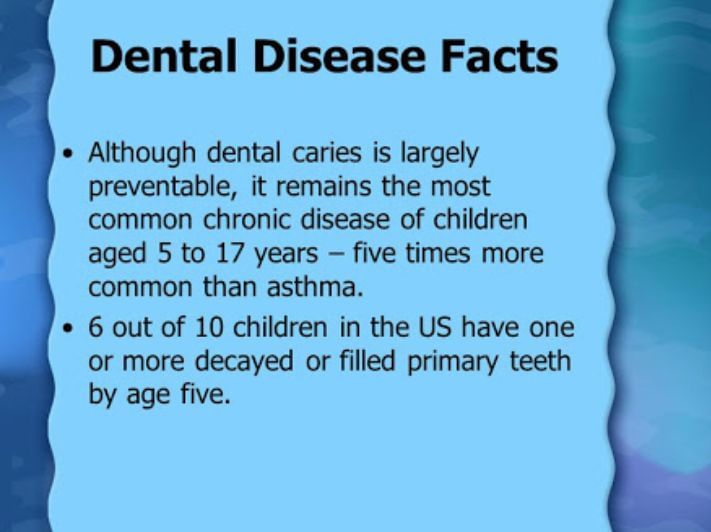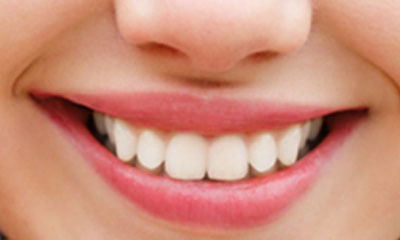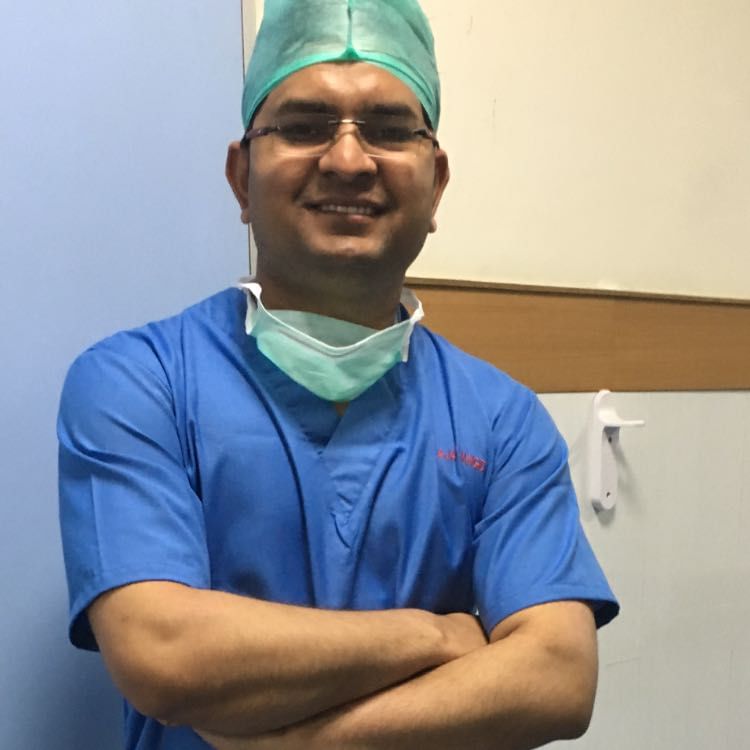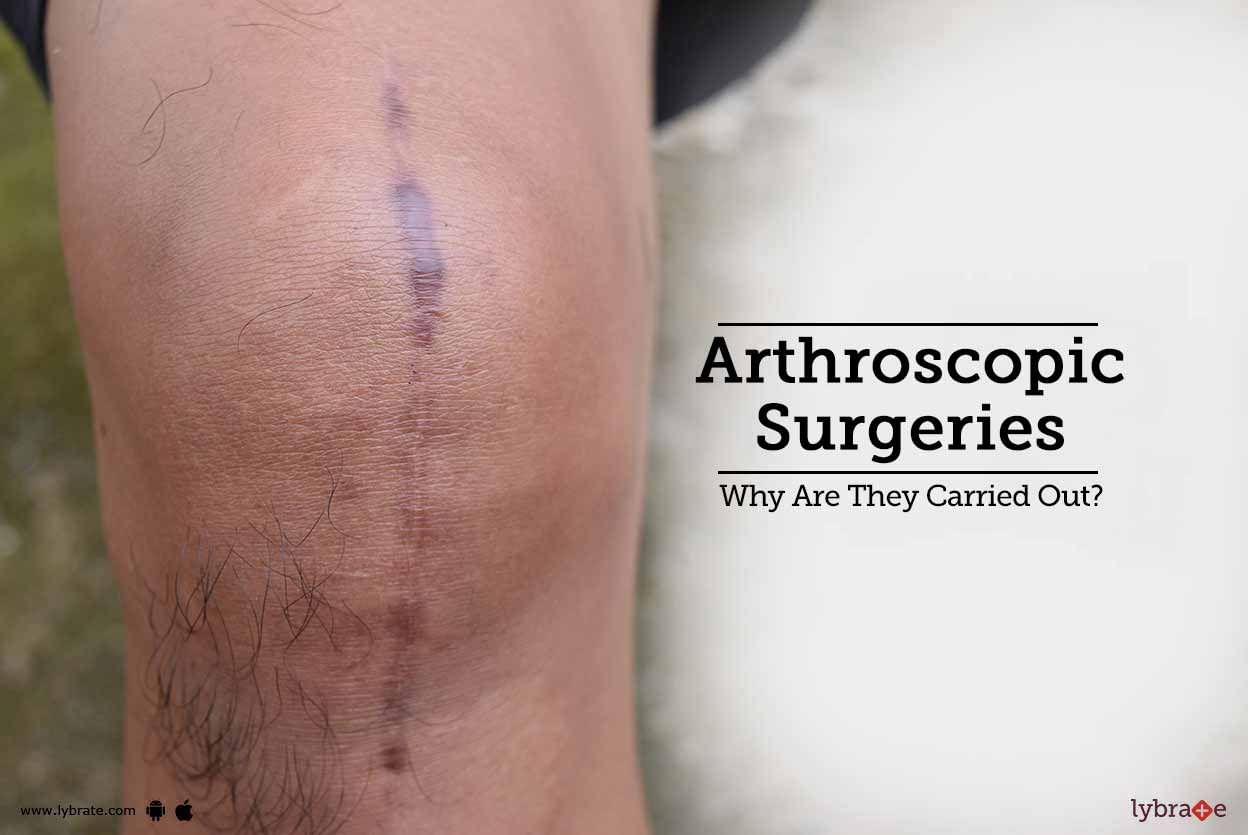Get the App
For Doctors
Login/Sign-up
Health Feed
AllQ&AsTipsQuizzes
Carried 2 MG Tablet Health Feed
Asked for male, 29 years old from Bangalore
Share
Bookmark
Report
Asked for male, 32 years old from Delhi
Share
Bookmark
Report
Age? Do kegel exercises-- firstly, find the pelvic floor muscles. You can achieve this by stopping mid-stream two or three times the next time you urinate. The muscles you can feel working during this process are the pelvic floor muscles, and they will be the focus of kegel exercises.
One kegel exercise consists of tightening and holding these muscles for 5 seconds and then releasing them. Try to do between 10 and 20 repetitions each day. This may not be possible when you first start doing t...more
One kegel exercise consists of tightening and holding these muscles for 5 seconds and then releasing them. Try to do between 10 and 20 repetitions each day. This may not be possible when you first start doing t...more
59 people found this helpful
Health Query
Share
Bookmark
Report
ACID PEPTIC DISORDERS "Acid peptic disease" is a collective term used to include many conditions such as gastro-esophageal reflux disease (GERD), gastritis, gastric ulcer, duodenal ulcer, esophageal ulcer, Zollinger Ellison Syndrome (ZES) and Meckel's diverticular ulcer.
Acid peptic disease is a result of either a decreased gastric mucosal defense or an excessive acid production. CAUSES 1.Infections:Helicobacter pylori: H.pylori is responsible for around 60%-90% of all gastric and duodenal u...more
Acid peptic disease is a result of either a decreased gastric mucosal defense or an excessive acid production. CAUSES 1.Infections:Helicobacter pylori: H.pylori is responsible for around 60%-90% of all gastric and duodenal u...more
45 people found this helpful
Last Updated: 9 years ago• Featured Tip
Share
Bookmark
Report
Last Updated: 10 years ago• Featured Tip
Share
Bookmark
Report
Last Updated: 9 years ago• Featured Tip
Share
Bookmark
Report
Sudden tooth pain is usually a sign of cavities or dental caries. This is the most common form of oral disease that affects people across the world. A cavity can affect a person at any age. Caries can be categorized under two headings: pit and fissure caries and surface caries. The former usually affect the horizontal planes of the molars and the back planes of the teeth in front. Surface caries are usually found at the joints between two teeth and the gum line.
Dental caries are formed...more
Dental caries are formed...more
Last Updated: 8 years ago• Featured Tip
Share
Bookmark
Report
Aloe vera is one of the most popular plants in tropical regions. It can thrive in most weather conditions, and also it does not need any extra care. And it takes about 8 months to grow to full size.
This is one of the significant medicinal herbs present in nature. It also provides amazing healing benefits. Some of the benefits that can be included are:
Treats eye disorder:
Aloe vera juice cures eyes redness
Aloe vera cures eye infections
Aloe vera solution drop...more
This is one of the significant medicinal herbs present in nature. It also provides amazing healing benefits. Some of the benefits that can be included are:
Treats eye disorder:
Aloe vera juice cures eyes redness
Aloe vera cures eye infections
Aloe vera solution drop...more
Last Updated: 9 years ago• Featured Tip
Share
Bookmark
Report
Aloe vera is one of the most popular plants in tropical regions. It can thrive in most weather conditions, and also it does not need any extra care. And it takes about 8 months to grow to full size.
This is one of the significant medicinal herbs present in nature. It also provides amazing healing benefits. Some of the benefits that can be included are:
Treats eye disorder:
Aloe vera juice cures eyes redness
Aloe vera cures eye infections
Aloe vera solution drop...more
This is one of the significant medicinal herbs present in nature. It also provides amazing healing benefits. Some of the benefits that can be included are:
Treats eye disorder:
Aloe vera juice cures eyes redness
Aloe vera cures eye infections
Aloe vera solution drop...more
Asked for male, 33 years old from Vijayawada
Share
Bookmark
Report
Hello. The sun tan is a common factor along with many others which cause such kind of skin darkening. Nowadays you get many creams, gels, tablets which claim for clear and glowing skin. However a detailed history and a proper examination by a skin specialist will guide you through the exact methods to get your skin rejuvenated. These can be the simple precautions which you can carry out, the creams or gels or the procedures which can give you the clear and lite skin. My advice to you would be th...more
86 people found this helpful
Last Updated: 7 years ago• Featured Tip
Share
Bookmark
Report
Life is beautiful and exciting, but any impaired movement can take our routine for a toss. Especially, with conditions such as arthritis, it gets tougher. But there are numerous modern-day procedures available to treat such issues, and one such method is the Arthroscopic surgery. It is performed on the joints to diagnose and treat the joint problems and abnormalities.
In this surgical procedure, small incisions of around inches are made to several parts of a joint area for inserting a...more
In this surgical procedure, small incisions of around inches are made to several parts of a joint area for inserting a...more
Ask a free question
Get FREE multiple opinions from Doctors
posted anonymously


